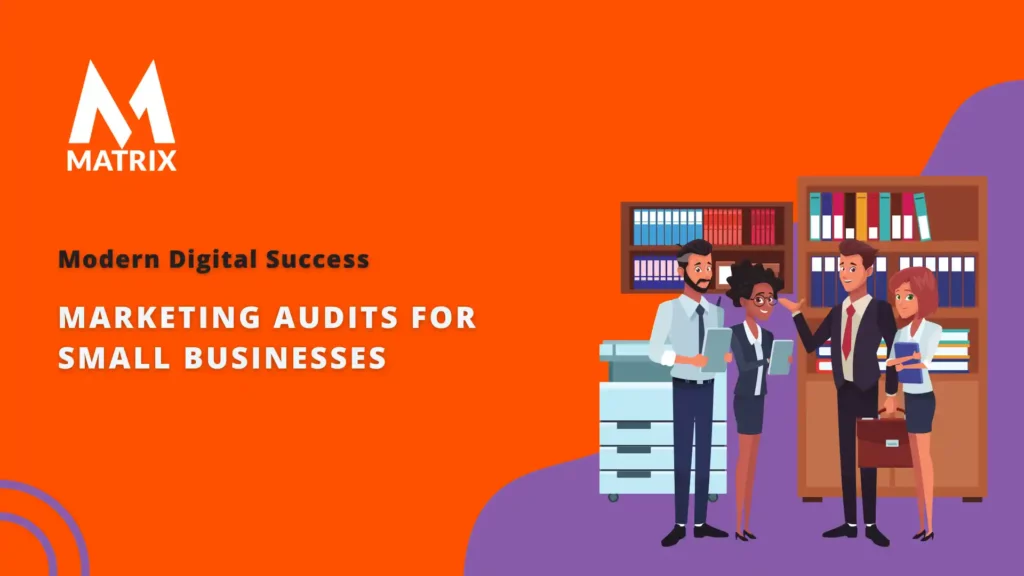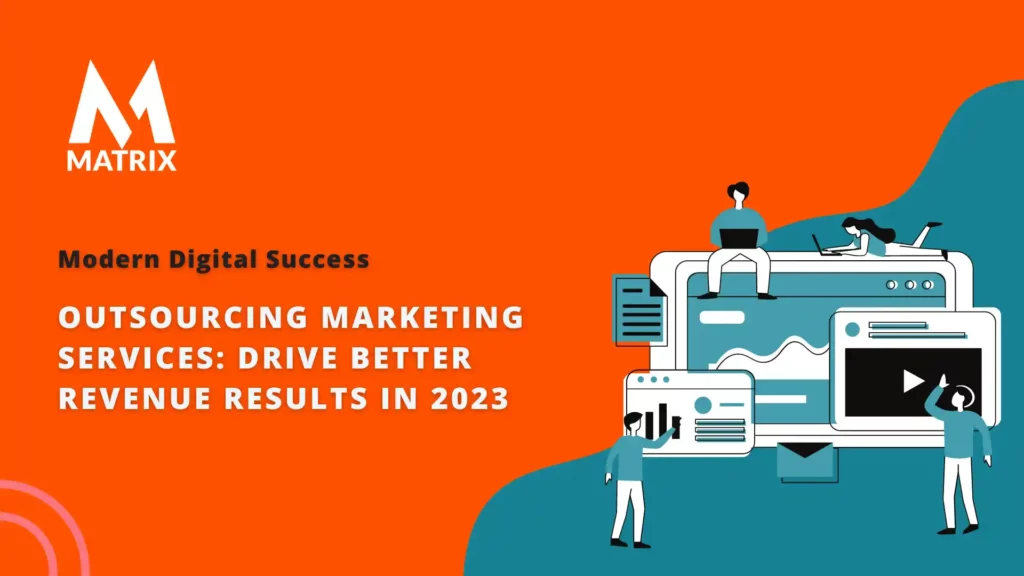Once upon a time, artificial intelligence (AI), data-driven online marketing, and voice search engine optimization were ambitious concepts bordering on the ridiculous.
Today, these innovative online marketing trends are among the top priorities for most business owners in 2020. But you can miss offline strategies and offline media opportunities.
The best online marketing strategies comprise many elements. Creativity, targeted messages, engaging copy, a deep understanding of your target audience, and so on.
But one of the most important elements your marketing strategy needs to include is diversity. A diverse marketing strategy is forward-thinking, comprehensive, and far-reaching. But what does this actually look like for you?
In 2020, there is a significant emphasis on online marketing. With virtually every customer active online — social media, email, and so on — it’s something every business needs to own.
But offline marketing, too, still plays an important role in 2020. While the current coronavirus crisis has us all in our homes, offline marketing tactics will still be effective once this is all over. As such, it’s worth considering how your business can hit the ground running with this now.
Read on to discover online marketing needs to embrace offline, and how you can create a diverse strategy that works for your business in 2021.
What is online marketing?
Online marketing refers to any form of marketing that uses the internet as its primary conduit for reaching audiences.
Online marketing is essentially a subtype of digital marketing. The latter focuses on marketing across a range of electronic devices. As well as mobile devices and websites, digital marketing can also work on other mediums that aren’t connected to the internet, such as broadcast advertising, podcasts, digital signage, and so on.
Online marketing, on the other hand, refers specifically to marketing conducted via the internet. Social media, websites, apps, emails, and are all examples of online marketing.
What is offline marketing?
As the name suggests, offline marketing refers to marketing conducted via non-electronic means. We’ll touch on some methods and look at how they can be incorporated into your online marketing later on, but a few examples of offline marketing include:
- Business cards
- Billboards
- Brick-and-mortar presences
- Magazines
- Flyers
- Branded merchandise
- Packaging
These are just a few instances of offline marketing. Offline marketing is traditional marketing, but there is a natural overlap between these areas.
Traditional marketing is a type of marketing that is going on from the past many years & yet it’s going on with success. In traditional marketing, the methods include pamphlets, flyers, billboards, TV ads, radio ads, print advertisements, and newspaper ads.
How to combine both?
I’ve outlined above the definitions of online marketing and offline marketing and identified where they sit with each other and other forms of marketing.
But how can offline marketing be used to aid and complement your online marketing in 2020? What methods are available to brands, both big and small, to incorporate both?
Here we break down a few ways that you can combine offline marketing and online marketing for your business.
Look to tried-and-tested leaflets for instant attention
Leaflets, flyers, business cards, and similar paper-based forms of marketing might feel dated, but they have stood the test of time. One need only look through their mail to find plenty of examples of this tried-and-tested form of offline marketing.
Leaflets have the advantage of getting your message straight in front of your customers without the need for other action. For instance, an email marketing message requires the user to open their email app and then open the email physically.
But when someone gets handed a leaflet in the street, they instantly pay attention. Of course, you still need to have the individual read it, and this is where excellent and engaging design comes in.
Strive for visually-eye catching aesthetics — contrasting colors, for instance, or interesting fonts. Combine this with a bold claim that speaks to your target audience’s needs. For example, if your typical customer often struggles with saving money on shopping, you might go with the headline: “Start savings $$$s on your shopping today!”
So how does this work with online marketing? Create a short (preferably branded) trackable link — this makes it easy for the reader to type into their web browser. Encourage the reader of your leaflets to visit it with an incentive, such as a freebie or discount code.
In this way, you can get straight to your audience’s attention and encourage online traffic with simple (and affordable) offline marketing.
Offer branded swag to get your brand name recognized
Branded products are a great way to turn offline hype into online results. Products with your business’s name on it are a simple idea, but one that resonates with customers by them being free.
These products are different from what a business might usually sell. For instance, rather than being free samples of what you might already sell, they could be t-shirts, mousemats, webcam covers, water bottles — the list is virtually endless.
Branded products — or “swag” — are essentially free marketing. It’s one of the oldest forms of offline marketing, putting your name on something that lots of people will see.
It’s important not to compromise on your branded merchandise. A cheap memory stick that breaks as soon as you use it casts a negative light on your brand, so invest in high-quality, functional equipment.
To take this online, encourage customers to take photos of their new branded merch and share it on social for the chance to win a prize. Contests are a great way to tap into crowd mentality and encourage social sharing — if the prize is tempting enough.
Create a pop-up shop for sales, brand awareness, and data
One of the simplest and most effective ways of incorporating offline marketing for your business is with a pop-up shop.
These offline retail events let you take advantage of offline foot traffic and deliver many benefits to your store.
For instance, a pop-up shop during a seasonal shopping event such as Christmas gives you a sharp boost to your sales at a time when customers are often in malls and high streets anyway.
Pop-up shops also help you reach new consumers who might otherwise be unaware of your brand. The presence of a new store is enough to pique shoppers’ interests and encourage them to come in and sample your products or service. In this way, pop-up shops boost brand awareness in a genuine, organic way.
Pop-up shops are also a ripe opportunity for gathering customer data too. A basic POS system should be capable of capturing customer data, so you integrate it into your online marketing. Build on this by having real conversations with your customers. Get to know your customers and find out what they think and feel, both about your brand and on a broader sense too.
This lets you better hone your online marketing by tailoring it to the unique interests, pain points, and identifying features. As a result, your marketing will have greater resonance online too.
Embrace experiential marketing for genuine engagement with online marketing
As the name suggests, experiential marketing refers to the process of using a brand-led experience that customers can actively participate in.
This could be something simple, for example, a sample session in the street, or it could be something more complex, such as a public installation or a virtual reality experience.
There are myriad examples of brands using experiential marketing to promote their goods or services. For instance, to promote the release of The Simpsons movie in 2007, 20th Century Fox partnered with the 7-Eleven store chain to transform several outlets into the show’s fictional Kwik-E-Mart store.
While experiential marketing certainly overlaps with pop-up shops, the goals differ. While the latter focuses on sales as well as marketing, the former places greater emphasis on engagement as a goal.
Elicit engagement by creating opportunities for your attendees to do so. For instance, you could place a photo backdrop with props and encourage people to submit a selfie with a branded hashtag. The photos get shared with your social media accounts, and you could pick one at random to win a prize.
Above all, experiential marketing is highly accessible. You don’t need 20th Century Fox levels of budgets to create an engaging offline experience. Creativity is what makes for a successful event, and the best ideas are often the most simple.
A diverse marketing strategy is one that draws on myriad elements to connect with your customers. As the above examples indicate, combining online and offline marketing is an effective method that creates a comprehensive strategy that sprawls multiple channels.
Perhaps you already have several offline channels you use for your business. Or maybe you haven’t yet considered introducing them. Whatever your position, take inspiration from the ideas above and create a strategy that lets offline and online work together.
Now is the perfect time to start planning and preparing your strategy. You know your marketing better than anyone, so get creative and create your ideas for a multi-channel strategy that combines online and offline for better results in 2020.
We’re listening.
Have something to say about your thoughts on offline and online marketing strategies?



